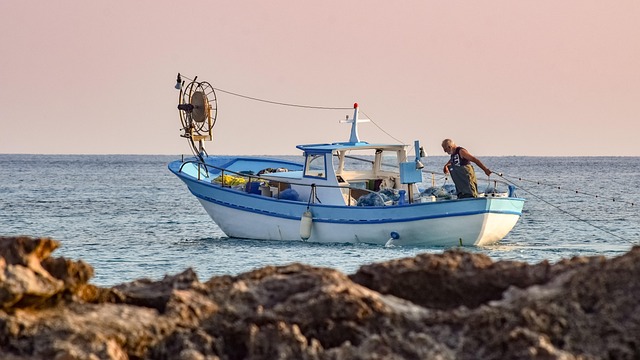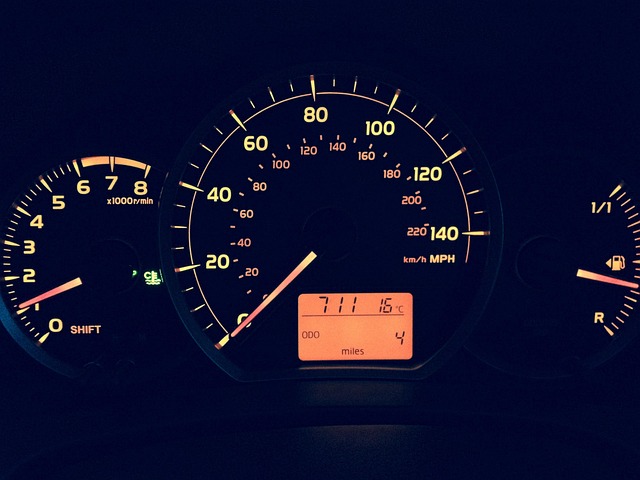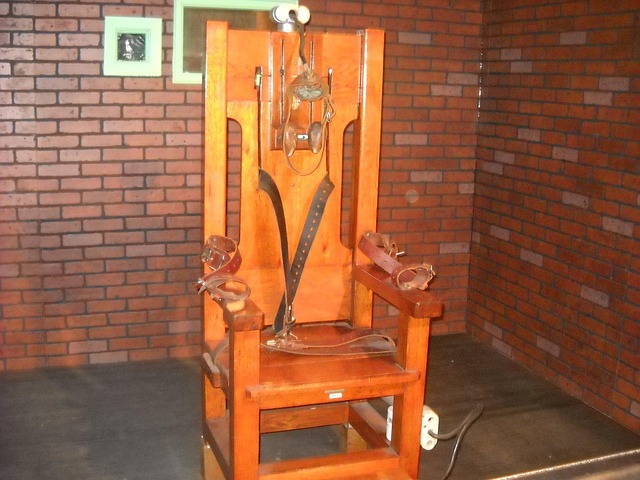
Coastal Racecraft
Understanding Coastal Racecraft
Coastal racecraft refers to the specialized techniques and strategies employed in sailing races that take place along coastlines. These races not only test the skill of the sailors but also their understanding of the unique challenges presented by coastal environments. The interplay of wind, tide, and geography creates a dynamic racing experience that requires both technical knowledge and practical experience.
The Essence of Coastal Racing
Coastal racing is characterized by its scenic routes and the variety of conditions that sailors must navigate. Unlike open ocean races, coastal events often feature shorter legs and more frequent turns, which can significantly impact race strategy. Sailors must be adept at reading the wind and current, making quick decisions, and adjusting their tactics as conditions change.
Key Components of Coastal Racecraft
Several elements contribute to successful coastal racecraft:
- Wind Patterns: Understanding local wind patterns is crucial. Coastal areas can experience shifts in wind direction and intensity, influenced by land formations and temperature changes.
- Tidal Influences: Tides can dramatically affect water levels and currents. Knowledge of tidal schedules and their impact on sailing routes is essential for optimizing performance.
- Navigation Skills: Coastal navigation requires familiarity with charts and local hazards. Sailors must be able to identify safe passages and avoid obstacles.
- Boat Handling: Mastery of boat handling techniques, including sail trim and maneuvering, is vital for maintaining speed and control in varying conditions.
Notable Coastal Races
Among the most prestigious coastal races are events like the Spinnaker Cup, Coastal Cup, and SoCal 300. Each of these races presents unique challenges and opportunities for sailors to showcase their skills:
- Spinnaker Cup: This race begins at the St. Francis Yacht Club and concludes at the Monterey Peninsula Yacht Club, covering a distance that tests both speed and strategy.
- Coastal Cup: Following the Spinnaker Cup, the Coastal Cup takes competitors from the Monterey Peninsula Yacht Club to the Santa Barbara Yacht Club, further emphasizing the importance of adapting to changing coastal conditions.
- SoCal 300: This race culminates in a journey from the Santa Barbara Yacht Club to the San Diego Yacht Club, offering a final test of endurance and skill.
Training and Preparation
Effective training for coastal racing involves a combination of on-water practice and theoretical study. Sailors often engage in drills that simulate race conditions, allowing them to refine their skills in real-time scenarios. Additionally, understanding the principles of racecraft, as discussed in works such as "Racecraft: The Soul of Inequality in American Life" by Karen E. Fields and Barbara J. Fields, can provide valuable insights into the strategic aspects of racing.
The Community of Coastal Racing
The coastal racing community is vibrant and inclusive, welcoming sailors of all skill levels. Events often foster camaraderie among participants, with seasoned sailors sharing their knowledge and experiences with newcomers. This sense of community enhances the overall experience of coastal racing, making it not just a competition but a shared passion.
Conclusion
Coastal racecraft embodies a rich tradition of sailing that combines technical skill, strategic thinking, and a deep appreciation for the maritime environment. As sailors navigate the challenges of coastal races, they not only compete for victory but also engage in a celebration of sailing culture and community. The lessons learned on the water extend beyond the racecourse, fostering a lifelong love for the sport and its intricacies.

















 Shakespeare Plays: A Timeless Tapestry of Drama
Shakespeare Plays: A Timeless Tapestry of Drama 
 Health
Health  Fitness
Fitness  Lifestyle
Lifestyle  Tech
Tech  Travel
Travel  Food
Food  Education
Education  Parenting
Parenting  Career & Work
Career & Work  Hobbies
Hobbies  Wellness
Wellness  Beauty
Beauty  Cars
Cars  Art
Art  Science
Science  Culture
Culture  Books
Books  Music
Music  Movies
Movies  Gaming
Gaming  Sports
Sports  Nature
Nature  Home & Garden
Home & Garden  Business & Finance
Business & Finance  Relationships
Relationships  Pets
Pets  Shopping
Shopping  Mindset & Inspiration
Mindset & Inspiration  Environment
Environment  Gadgets
Gadgets  Politics
Politics 